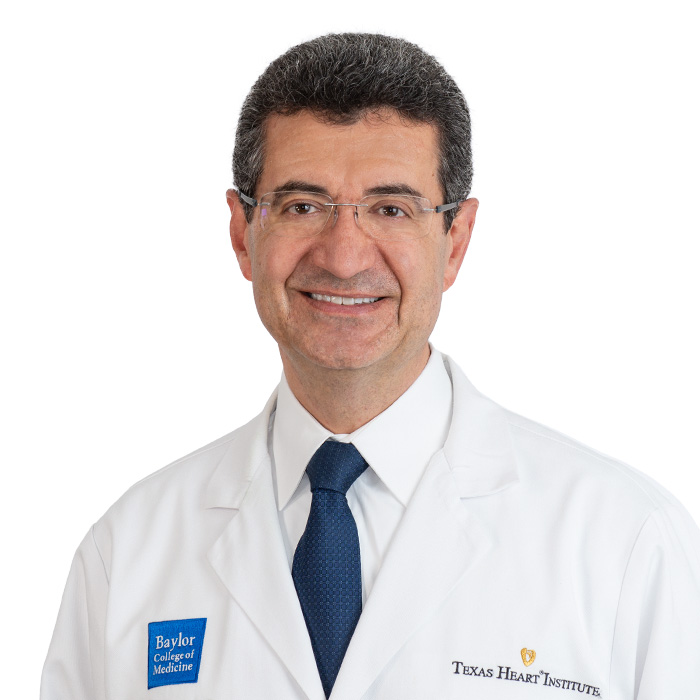Is it possible to have stroke-like symptoms with an aortic valve problem?
Submitted by Sue from Texas on 06/19/2014

Some diseases of the aortic valve may lead to stroke-like symptoms or a definite stroke.
Narrowing of the aortic valve (aortic valve stenosis) due to extreme thickening and calcification of the leaflets may cause such a restriction in blood flow that it may not be enough to perfuse the brain in some circumstances and can cause dizziness or even fainting (syncope). When fragments of the calcified and degenerated aortic valve break loose, these fragments can cause a stroke if they get lodged in the brain’s circulation.
Treatment of the aortic valve stenosis, either by the traditional surgical aortic valve replacement or by transcatheter valve implant (interventional approach), can also cause a stroke. Stroke is a potential complication of treating patients with aortic stenosis via surgical aortic valve replacement (AVR), transcatheter aortic valve replacement (TAVR), and balloon aortic valvuloplasty.
Because there are limited and heterogeneous data on the incidence, risk factors, and outcomes of stroke among patients being treated for aortic stenosis, we performed a comprehensive review of the literature. The risk of stroke after AVR in the general population is approximately 1.5%, and the risk is increased (to approximately 2% to 4%) in older and higher risk patients. Strokes were reported in 1.5% to 6% of patients treated with TAVR, and in a randomized trial of AVR versus TAVR, there was an increased risk of 30-day strokes (minor and major strokes and transient ischemic attacks) with TAVR (5.5% vs. 2.4%, p 0.04).
When the aortic valve gets infected with either bacteria or fungus (infective endocarditis), an infectious growth called vegetation forms. This formation can also break loose and cause strokes. The overall incidence of stroke in patients with infective endocarditis has been described as (9.6%) but previous reports showed a higher incidence of strokes (21 to 39%).
Although unusual, the formation of primary growths (non cancerous tumors) can cause strokes. A form of these tumors is called papillary fibroelastoma (PFE). In a 1957–1991 Mayo Clinic series of 110 primary cardiac tumors that were surgically excised, there were 80 myxomas and 7 PFEs (6.4%). PFE is the most common valvular tumor. The clinical presentation of PFE varies widely from asymptomatic to severe embolic complications. In another series of primary valve tumors 66% of the patients with PFE were asymptomatic. In a meta-analysis of 725 patients with a cardiac PFE, TIA or stroke occurred in 120 cases.




